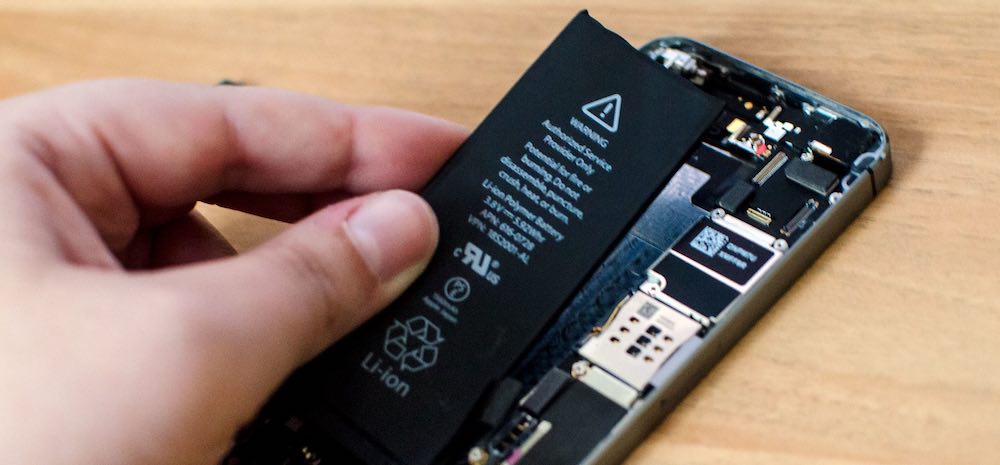A new era of smartphones with easily replaceable batteries is on the horizon in the European Union (EU).

The European Parliament recently approved new rules that will govern the design, production, and recycling of rechargeable batteries sold within the EU.
Smartphones To Come With Easily Replaceable Batteries Henceforth
The regulations mandate that portable batteries used in devices like smartphones, tablets, and cameras must allow consumers to easily remove and replace them.
This move will require significant changes in design by manufacturers, as most current smartphones and tablets have sealed batteries that require specialist tools and knowledge to access and replace.
Even tech giant Apple, which was previously compelled by the EU to switch from Lightning to USB-C ports on iPhones, will now need to find a way to provide access to the batteries inside future iPhones.
The regulations are expected to go into effect in early 2027. However, the EU may consider granting manufacturers more time to comply if they can demonstrate a genuine need for an extension. This flexible approach allows manufacturers to adapt their production processes and design strategies to meet the requirements effectively.
These developments reflect the EU’s commitment to promoting sustainability, consumer empowerment, and the efficient use of resources in the technology industry.
Rules Set By European Union For Batteries
The rules also set ambitious targets for waste collection and material recovery from old batteries. The percentages for waste collection and material recovery will increase gradually until 2031 when 61% waste collection and 95% material recovery from old portable batteries must be achieved.
The regulations also include requirements for minimum levels of recycled content in new batteries, but this provision will come into effect eight years after the regulation’s implementation.
The European Parliament overwhelmingly endorsed these rules, with only nine votes against and 20 abstentions out of a total of 587 votes in favor. The next step involves formal endorsement by the European Council, followed by publication in the EU Official Journal and entry into force.
The regulations are expected to take effect in early 2027, although the EU may consider delaying implementation if manufacturers can demonstrate a need for more time to comply.













